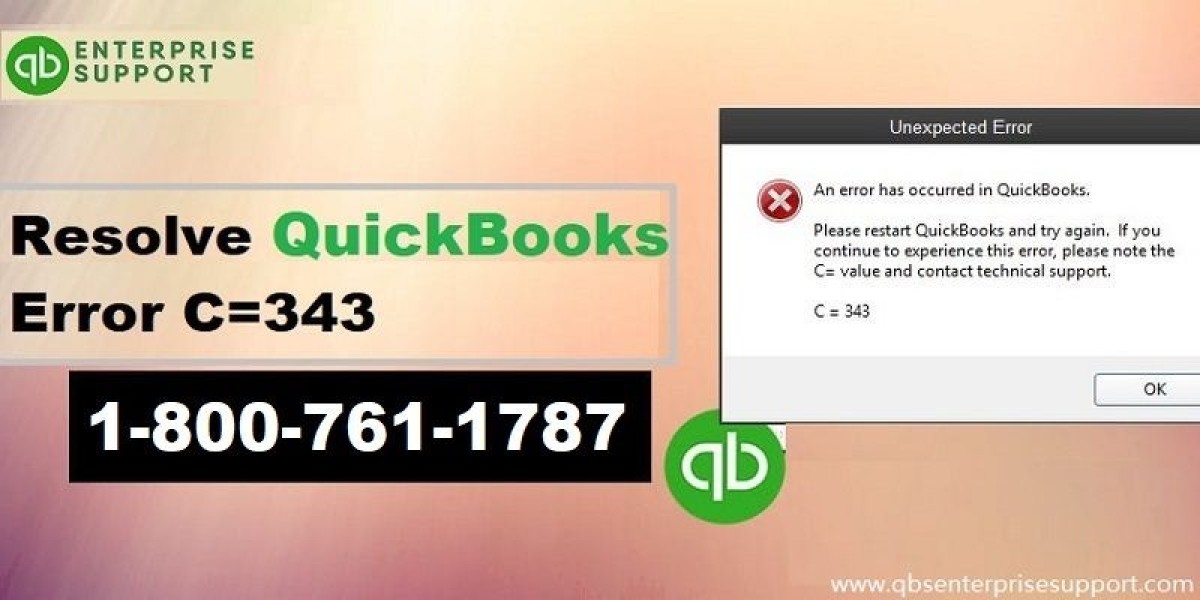Serving a Section 21 notice is a critical step for landlords in England and Wales who wish to regain possession of their rental property without needing to provide a specific reason. This process must be done in strict compliance with the law to avoid delays or complications first 4 landlord advice. Below, we’ll provide comprehensive guidance under key headings and subheadings, incorporating best practices and essential information for landlords.
What Is a Section 21 Notice?
A Section 21 notice, often referred to as a "no-fault eviction notice," allows landlords to end an assured shorthold tenancy (AST) without providing a reason. However, it is vital to follow the legal requirements and procedures outlined in the Housing Act 1988 to ensure the notice is valid.
Legal Requirements for Serving a Section 21 Notice
1. Valid Tenancy Agreement
Before serving a Section 21 notice, ensure the tenancy is an AST. If the tenancy is another type, such as a regulated tenancy, different rules will apply.
2. Correct Form of Notice
The notice must be served using Form 6A, the prescribed form introduced by the government. Any deviation from this format may render the notice invalid.
3. Compliance with Deposit Protection Rules
If a tenancy deposit was taken, it must be protected in a government-approved scheme (e.g., DPS, MyDeposits, or TDS) within 30 days of receipt. Failure to comply may prevent you from serving a Section 21 notice.
4. Provision of Essential Documents
To serve a valid Section 21 notice, the tenant must have been provided with:
An up-to-date Energy Performance Certificate (EPC)
A valid Gas Safety Certificate (where applicable)
The government’s “How to Rent” guide
Failure to provide these documents before serving the notice will make it invalid.
When Can a Section 21 Notice Be Served?
1. End of the Fixed Term
A Section 21 notice can be served to regain possession after the fixed-term period of the AST has ended, or during a periodic tenancy.
2. Notice Period
A minimum notice period of two months must be given to the tenant. This period begins the day after the notice is served.
3. Restrictions on Timing
Certain restrictions apply to the timing of the notice, such as:
It cannot be served within the first four months of the tenancy.
It cannot be served if the property is subject to a local authority improvement notice or emergency remedial action.
How to Serve a Section 21 Notice
1. Complete the Notice
Fill out Form 6A with accurate details of the tenancy, including the tenant’s name, property address, and the date by which possession is required.
2. Deliver the Notice
You can serve the notice through:
Hand delivery: This ensures direct receipt by the tenant.
Postal delivery: Use recorded or first-class mail to retain proof of delivery.
Email: If the tenancy agreement allows for electronic communication.
Always retain proof of service, as this will be crucial if the case proceeds to court.
Common Mistakes to Avoid
1. Incorrect Dates
Ensure that the notice period complies with the legal requirements and that the dates are clearly stated.
2. Failure to Provide Documents
As mentioned earlier, failure to provide the EPC, Gas Safety Certificate, and “How to Rent” guide can invalidate the notice.
3. Retaliatory Eviction
A Section 21 notice cannot be used as retaliation for a tenant’s complaint about property conditions. Doing so may lead to the notice being deemed invalid.
What to Do After Serving the Notice
1. Wait for the Notice Period to Expire
Once the notice is served, allow the two-month notice period to elapse. During this time, the tenant may vacate voluntarily.
2. Apply for a Possession Order
If the tenant does not leave by the end of the notice period, you must apply to the court for a possession order. Do not attempt to evict the tenant yourself, as this is illegal.
3. Enforce the Possession Order
If the tenant still does not vacate, you may need to request a warrant for possession, which allows bailiffs to remove the tenant.
Tips for First-Time Landlords
If you’re a first-time landlord, consider the following tips to ensure a smooth process:
Seek advice from First 4 Landlord Advice, a resource offering expert guidance for landlords.
Always double-check the legal requirements before serving the notice.
Keep accurate records of all communications and documents related to the tenancy.
Key Takeaways
A Section 21 notice is a legal tool for landlords to regain possession of their property.
Compliance with deposit protection rules and provision of essential documents is mandatory.
First-time landlords should seek advice, such as from First 4 Landlord Advice, to avoid mistakes.
By following these guidelines and seeking expert support when needed, landlords can successfully serve a Section 21 notice and navigate the legal process with confidence.









